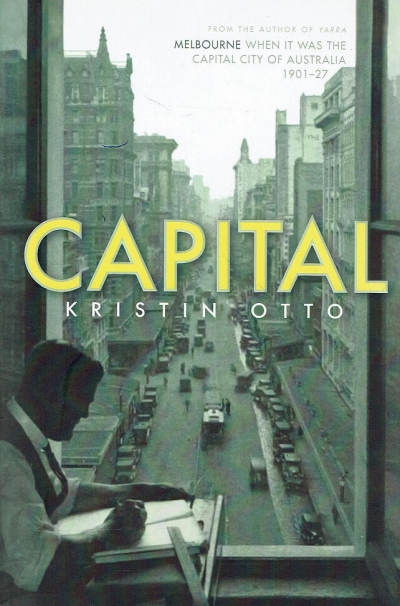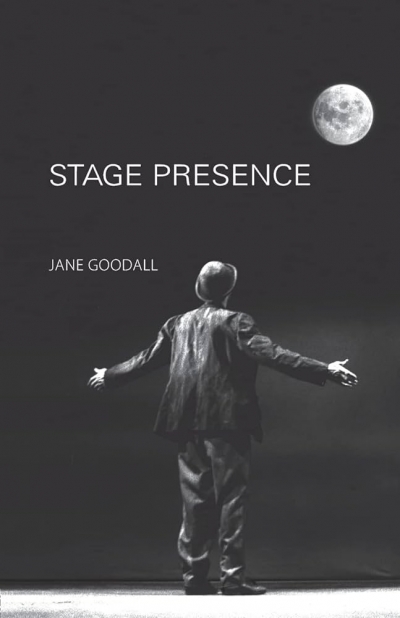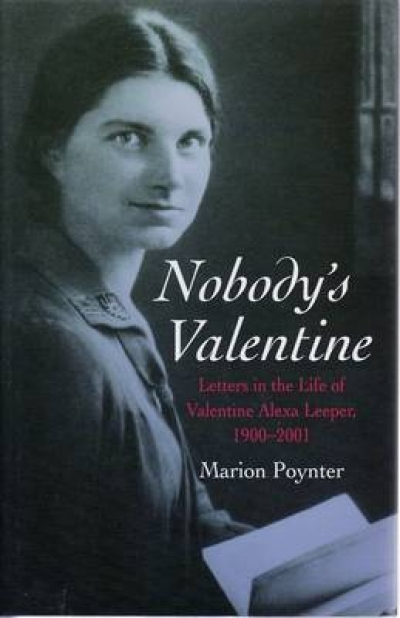John Rickard
'The tyranny of text? Different readings at the Melbourne International Arts Festival' by John Rickard
by John Rickard •
Different readings at the Melbourne International Arts Festival
by John Rickard
In October, Brett Sheehy’s Melbourne International Arts Festival presented, with a certain relish, I suspect, two productions that represent opposite ends of a dramatic spectrum of current concern to those working in theatre. Heiner Goebbels’s S ...
The Master: The life and work of Edward H. Sugden edited by Renate Howe
by John Rickard •
Capital: Melbourne when it was the capital city of Australia 1901–1927 by Kristin Otto
by John Rickard •
Nobody’s Valentine: Letters in the life of Valentine Alexa Leeper 1900–2001 by Marion Poynter
by John Rickard •
Seduced by Grace: Contemporary spirituality, gay experience and Christian faith by Michael Bernard Kelly
by John Rickard •
The Australians: Insiders and outsiders on the national character since 1770 edited by John Hirst
by John Rickard •
The Patrician and The Bloke: Geoffrey Serle and the making of Australian history by John Thompson
by John Rickard •
Batman in the Bulletin: The Melbourne I remember by Keith Dunstan
by John Rickard •
Patrick White had rather more success than Henry James with his plays – though that is not saying much. James’s attempt in the 1890s to conquer the London stage was a theatrical and personal disaster, but has, remarkably, provoked two recent novels, Colm Tóibín’s The Master and David Lodge’s Author, Author. The plays were no great loss, and it was to our ultimate benefit that James returned his creative energy to the novel.
... (read more)







